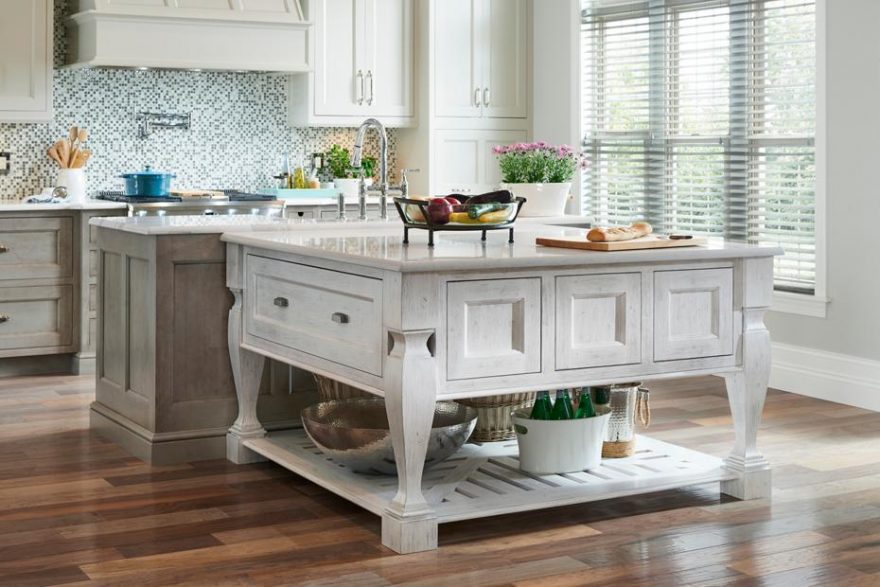An Overview to Selecting the Perfect Legs For Kitchen Area Island for Your Home
Picking the ideal legs for your kitchen area island is a nuanced choice that impacts both the functionality and aesthetic allure of this central area. As you take into consideration these components, it becomes noticeable that the appropriate legs can transform not only the look of your kitchen but additionally its usability for years to come.

Understanding Kitchen Island Legs
When selecting legs for a kitchen area island, it's necessary to recognize their practical and visual functions in the total design. The legs function as a crucial support group, ensuring security and resilience for the island, which usually works as a work space, eating location, or gathering area. Therefore, the option of material and building and construction technique must be robust adequate to hold up against everyday usage and possible wear.
In enhancement to their architectural responsibilities, legs contribute significantly to the island's visual charm. They can enhance the cooking area's style, whether through typical, modern, or eclectic layouts. The elevation and proportion of the legs are additionally critical factors to consider; they should harmonize with the island's kitchen counter elevation while making certain comfy seating for those utilizing the area.
In addition, the leg style can affect the overall flow of the kitchen area. Open, airy leg styles can develop a feeling of agility, while solid, considerable legs may convey an extra grounded and stable aesthetic - Legs For Kitchen Island. Understanding these useful and aesthetic facets will guide property owners in making informed choices that enhance their kitchen's design and improve its functionality
Popular Styles and Materials
The option of legs for a kitchen area island encompasses a selection of popular styles and products, each offering unique qualities that can improve both performance and looks. Conventional legs normally display ornate information and workmanship, improving timeless cooking area designs.

Elevation and Stability Factors To Consider

Stability is an additional essential factor to consider. The legs of the kitchen area island ought to provide appropriate support, guaranteeing that the framework can endure everyday usage without wobbling or moving. Product choice plays a substantial duty in stability; metal legs, for example, often tend to supply higher toughness compared to timber. Additionally, guaranteeing that the island is safely anchored to the floor or wall surface can enhance security, particularly for bigger islands that may birth considerable weight.
Matching Your Cooking Area Aesthetic
Choosing the best legs for your kitchen area island goes beyond functionality; it also plays a substantial role in the general aesthetic of the room. When selecting legs, consider the design style of your kitchen. For a modern appearance, smooth steel or minimal designs can create a clean, modern-day vibe. see this website On the other hand, rustic or traditional kitchen areas often gain from wooden legs with detailed describing or a distressed coating, boosting heat and personality.
Legs that match or contrast with your island's surface webpage area and surrounding cabinets can create visual consistency or striking focal points. In addition, think about the finish of the legs; matte, glossy, or textured finishes can considerably impact the total feel of the kitchen area.
Installation and Upkeep Tips
Mounting kitchen area island legs calls for mindful attention to information to ensure both security and visual appeal. Make use of a stud finder to find wall studs if you are affixing the legs to a wall surface or making use of braces for included assistance.
When safeguarding the legs, use high-quality screws and, if needed, timber glue for extra stamina. For metal legs, make sure that you are using appropriate supports and tools to protect against damage to your floor covering. It is recommended to check for levelness after setup, making modifications as needed to avoid wobbling.
Tidy the legs with an appropriate cleaner, staying clear of rough materials that may damage the surface area. By adhering to these setup and upkeep tips, you can make sure that your cooking area island legs continue to be both visually attractive and practical.
Conclusion
To conclude, selecting the suitable legs for a kitchen island demands mindful consideration of height, stability, and visual compatibility. By choosing ideal materials and designs that align with the total kitchen area style, capability can be improved while keeping visual appeal. Appropriate setup and continuous upkeep better add to the durability and long life of the cooking area island. Eventually, thoughtful leg choice plays a crucial role in raising both the practicality and layout of the kitchen room.
When selecting legs for a kitchen area island, it's important to comprehend their visual and functional functions in the overall design. Open, ventilated leg designs can produce a sense of lightness, while strong, substantial legs might communicate a more grounded and steady aesthetic. The legs of the kitchen island must provide ample support, making sure that the structure can endure day-to-day usage without moving or tottering.Installing cooking area island legs requires mindful focus to information to ensure both stability and aesthetic charm.In conclusion, selecting the ideal legs for a kitchen island demands careful consideration of elevation, security, and aesthetic compatibility.